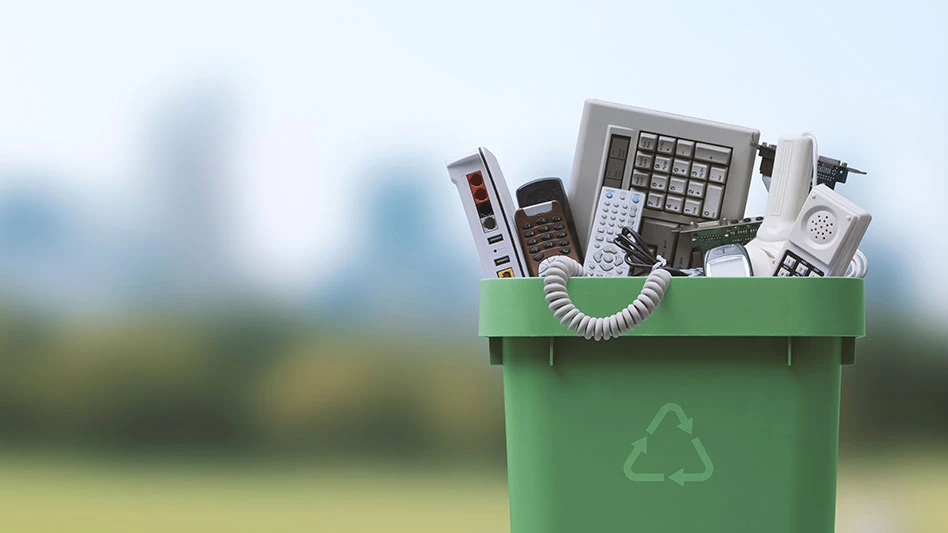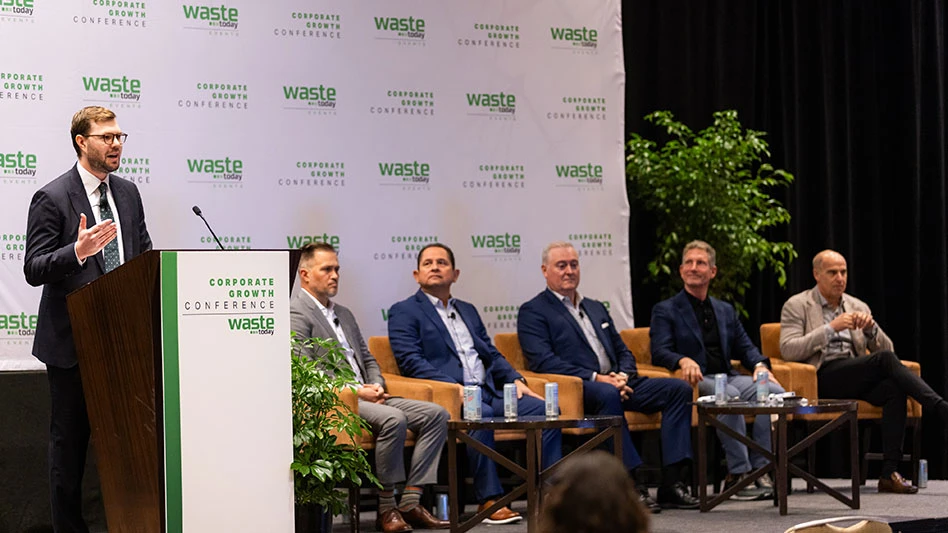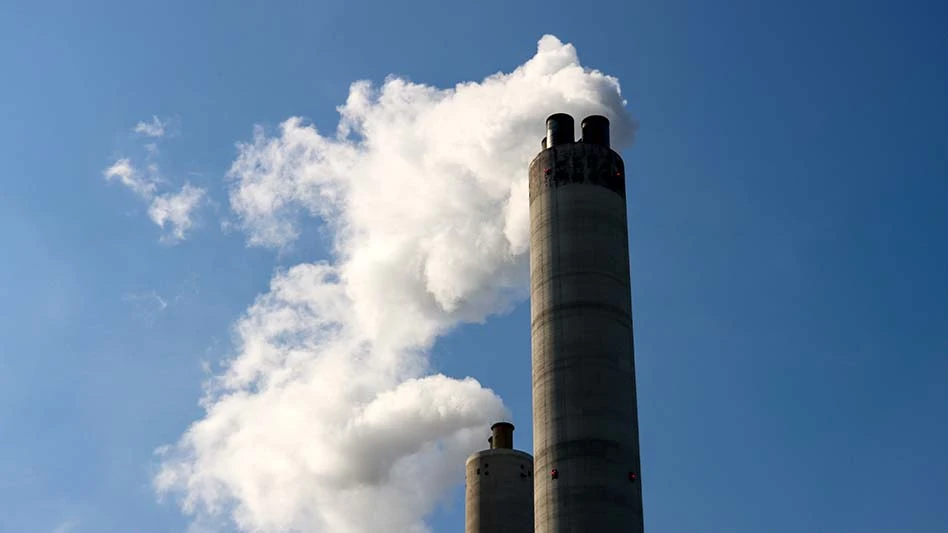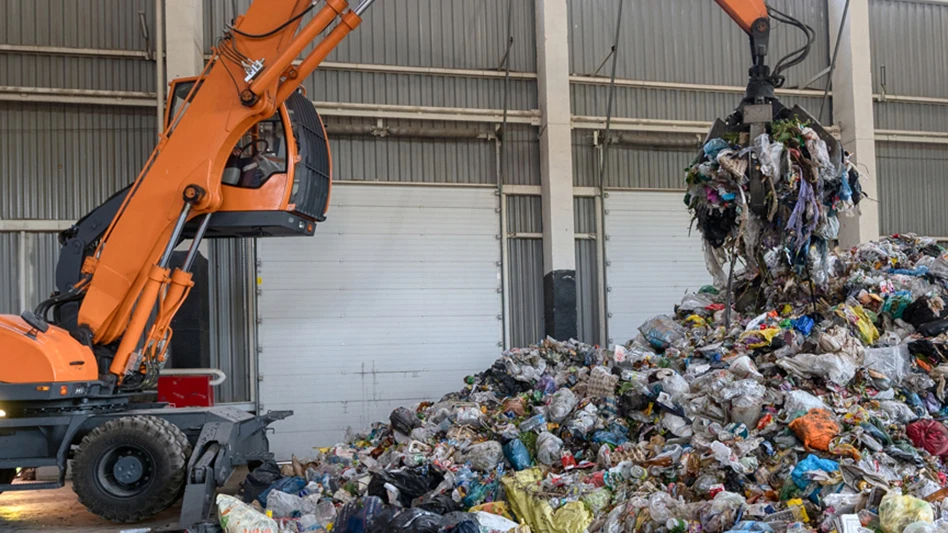
I like data. Nearly every project I work on involves collection and analysis of a dataset. The waste industry is loaded with data. Waste generation, waste characterization, greenhouse gas inventories and tipping records are just a small fraction of daily data points we collect.
At a prior job, I tracked a dataset of waste deliveries to a 1,200-ton-per-day transfer station. It was fascinating to correlate nearly 20 years of tipping data to metrics such as The University of Michigan Consumer Sentiment Index and average monthly temperatures. It would be interesting to see the impact of climate warming on smoothing out seasonal variations in residential waste generation.
Currently, with my position at Gershman, Brickner & Bratton Inc. (GBB), I have been especially interested in the data we get from material recovery facilities, or MRFs.
Much of the data collected by MRFs is used to generate reports such as daily tons received, tons processed per hour, residual volumes, bale counts and downtime. If an operator is interested, they could look at equipment like optical sorters and robots to determine their performance, including picks per minute and success rates. Process flow diagrams use this data to provide a rudimentary model of the facility’s processes to estimate how the facility will perform with a given feedstock.
The caveat is that a lot of information is gathered at a MRF, especially with the use of optical sorters and robots, that are not being easily used or consolidated by the processor. It is rare that a MRF operator optimizes these data to understand the functions and productivity of their system. So much data is available, but much is not being used to its fullest potential.
Maximizing the utility of data
This data can be better used to more effectively manage capture and loss of specific commodities. Operators could be able to use this data to tune their systems to account for changing material streams. Another use is to better manage residuals, with the possibility of running them through the system a second time to enhance recovery.
Vision systems and artificial intelligence-based quality assurance and quality control eventually will be able to give a count to upstream producers on how many individual items were collected to create bales of a specified quality. Data backing this bale quality will be available to operators and upstream processors through automated reports. This is still new, but it is coming.
My colleagues at GBB and I are modeling MRF processes on a facilitywide basis using a mass-balance application. It allows us to modify operating parameters at multiple points in the process to determine the impact on overall facility performance. Data from optical sorters, vision systems and supervisory control and data acquisition (SCADA) can be input into the models and simulations to determine performance under several conditions.
For example, an operator might want to run residuals through the system a second time to recover more commodities. However, this changes the infeed characteristics and likely requires changing individual process operating parameters to account for the changing feedstock. Wouldn’t it be better to run multiple simulations on this as opposed to relying on time- and resource-consuming trial and error? The exciting part is the data collection system can then be used to iteratively validate the simulations.
Tools to automate this process are being developed and are available. The tricky part is getting the multitude of various data collection systems to work together to consolidate data in a centralized system.
Data gathered and used in this manner is extremely beneficial to MRF operators and upstream processors. It assists in increasing the recovery of materials and creating higher-quality outputs for upstream processors. But they aren’t the only ones that can benefit. Reporting to customers and governmental agencies about waste diversion, greenhouse gas reductions and residuals can provide important insights into the collection of recyclables, as well. Data can be used to assess the performance of recycling collection operations and education programs to ensure the highest diversions possible.

Explore the September 2024 Issue
Check out more from this issue and find your next story to read.
Latest from Waste Today
- CAA submits final draft program plan in Oregon
- Washington city adds organics collection to waste service
- Aspen Waste Systems expands into Denver-metro market
- NYSAR3 seeks respondents to commercial recycling survey
- Aemitis AD system goes online
- Liebherr breaks ground on logistics center
- Rubicon appoints new CFO
- Nexus W2V attracts funding for waste conversion project in Indiana





